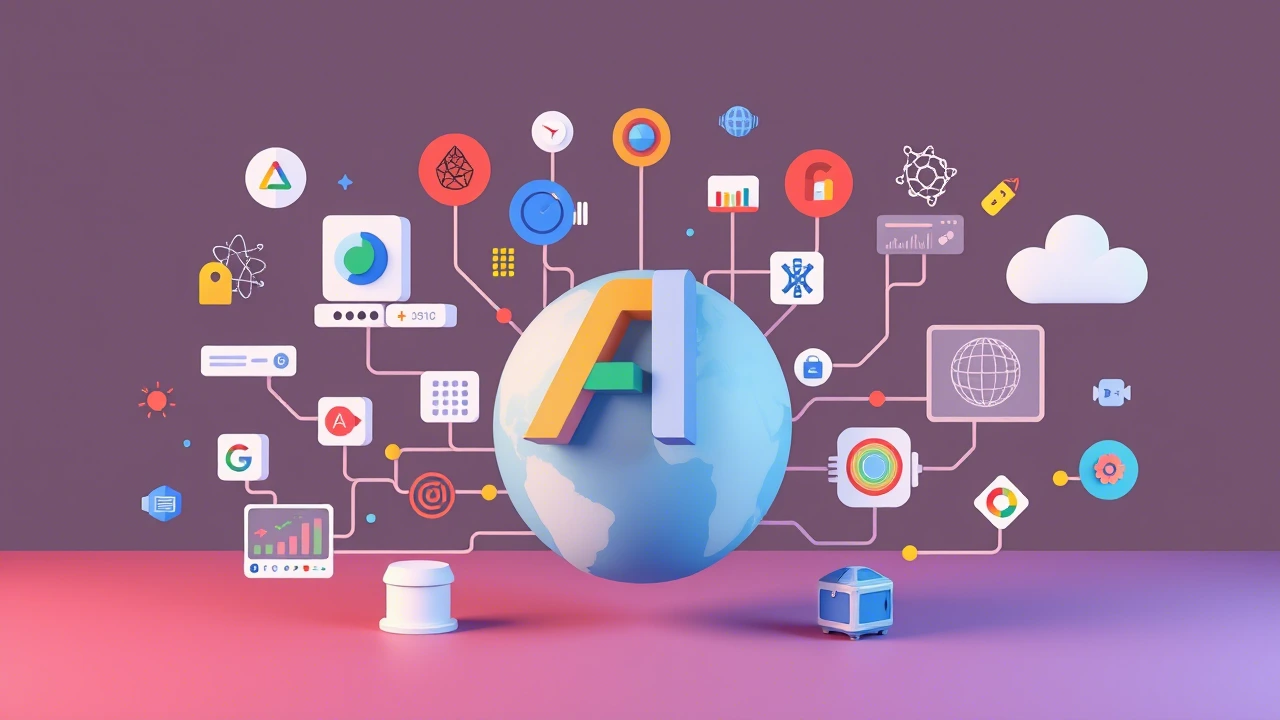- Retail SEO Explained : The Ultimate Beginner’s Guide - June 17, 2025
- Keyword Research for SEO in 2025: The Complete Step-by-Step Guide - June 16, 2025
- How Do Search Engines Work? The Beginners Guide - June 2, 2025
In May 2025, Google launched AI Mode , a once-in-a-generation upgrade to the Google Search engine that changes how users search for information online. AI Mode, powered with advanced AI technology (specifically Gemini 2.0 ), is a multimodal system that maximizes the use of conversational interfaces and reasoning to create a searching experience that is more intelligent, intuitive, and personal. Whether you are typing, talking, or uploading an image, AI Mode is increasingly adept at approximating human understanding of context, intent, and nuance.
This educational resource takes an in-depth look at Google AI Mode, exploring its technical foundations, primary characteristics, impact on search engine optimization (SEO), and future implications. By the conclusion of this unit, learners will:
Discuss the fundamentals of AI Mode.
Investigate the technical architecture and workflow.
Assess impact on digital marketing and content strategies.
Evaluate challenges and considerations of ethics.

Foundations of Google AI Mode
To understand the various aspects of Google AI Mode, it is essentially meant to match human curiosity and discovery with machine intelligence and efficiency. We see this at play through the many technologies used, and also the focus on the user experience . Let’s look at what’s included in each of this new search framework.
Multimodal Capabilities: Processing Non-Text Input
AI Mode is capable of processing several modalities at the same time, including text, voice, images, and uploaded files. Multimodal processing allows a user to interact with Google in more natural ways that feel like human communication and interaction, for example asking for repair guides today for a broken device by uploading a photo of the broken device, or identifying a plant by snapping a photo of the plant. This ability to support multimodal processing is powered by Gemini 2.0, Google’s most powerful AI model available today, that allows the users to understand context in any of text, image, or audio modalities when interfaced together.
Imagine a scenario where a user takes a blurry photo of a street sign and asks “What does this say?”. In this case AI mode would write out the words, tell the meaning of the words, and even provide historical details about the place the sign is showing. This mutation of user input into meaningful AI output is made possible with the use of Gemini 2.0 and its dialogue ability to further develop and enhance communications from other modalities.

Advanced Reasoning and Follow-Up Logic: Solving Complex Problems Step by Step
AI Mode is designed to handle multi-step queries with ease. When faced with a detailed question such as, “Compare the carbon footprint of electric cars versus hybrids over 10 years,” it breaks the task into smaller steps: retrieving data on vehicle energy consumption, analyzing regional electricity sources, calculating long-term emissions, and presenting findings in a user-friendly format. The system dynamically adjusts its approach based on user feedback, refining parameters or adding constraints as needed.
Real-Time Data Integration: Staying Up-to-Date in a Dynamic World
While earlier AI models relied on static training data, AI Mode connects to Google’s live index. This means it can track breaking news, update stock prices or weather forecasts, and verify factual claims instantly. For example, asking, “Who won the 2025 French Open?” would trigger a real-time lookup, ensuring accuracy even during live events.
The Technical Foundations: Gemini 2.0 and Beyond
AI Mode takes its power from Gemini 2.0, a version of Google’s flagship AI model that is especially custom-built. Some major advancements are:
Better Multimodal Understanding: Improved neural networks to simultaneously evaluate text, images, and audio combined.
Scalable Reasoning:
A modular architecture enables complex tasks to be analyzed and undertaken as amalgamated sub-problems.
Reasonably Efficient Computation:
Speed has been prioritized and is optimized for answering your query in seconds—even if you have provided an intricate query.
Google has also fine-tuned its ranking algorithm for AI-generated overviews as a prioritized content type in relation to conventional search results, developing a hybrid model of AI guidance and controls data from authorative sources.

Practical Applications of AI Mode
AI Mode’s versatility extends across everyday life, professional fields, and creative collaboration. Here’s how it transforms various domains:
Everyday Use Cases: Simplifying Daily Tasks
- Shopping : Upload a photo of a dress to find similar styles, read reviews, and compare prices.
- Education : Ask AI Mode to explain quantum physics using analogies or generate practice problems.
- Travel Planning : Combine flight prices, hotel ratings, and local event calendars into a single itinerary.
Professional and Academic Research: Enhancing Expertise
- Medical Field : Physicians can input symptoms and receive differential diagnoses backed by recent studies.
- Legal Research : Analyze case law trends and draft document summaries.
- Engineering : Troubleshoot technical issues by uploading schematics or error logs.
Creative Collaboration: Inspiring Innovation
AI Mode assists in content creation by:
- Generating drafts for essays, emails, or social media posts.
- Providing design inspiration based on uploaded sketches.
- Translating ideas into actionable steps (e.g., converting a recipe concept into a grocery list).
Implications for SEO and Digital Marketing
The rise of AI Mode forces marketers to rethink traditional SEO strategies. Key shifts include:
- Focus on Context Over Keywords : Content must answer nuanced questions rather than just matching search terms.
- Structured Data Optimization : Rich snippets and schema markup become critical for AI to extract and display information.
- Authority and Trust : AI Mode prioritizes reliable sources, making E-E-A-T (Experience, Expertise, Authoritativeness, Trustworthiness) even more vital.
Businesses should also invest in multimedia content (e.g., videos, infographics) to align with AI Mode’s multimodal preferences.
Challenges and Ethical Considerations
While AI Mode offers immense potential, it raises concerns:
- Bias and Accuracy : AI-generated overviews may inadvertently amplify biases or present incomplete information.
- Privacy Risks : Image and voice uploads could expose sensitive data. Google emphasizes encryption and anonymization, but risks remain.
- Dependence on AI : Overreliance on AI responses might erode critical thinking skills.
Google has implemented safeguards, such as citing sources for AI-generated answers and allowing users to toggle between AI Mode and traditional search.

The Future of Search: What’s Next?
Google envisions AI Mode evolving into a proactive assistant that anticipates needs. For example:
- Suggesting articles based on your reading habits.
- Alerting you to flight delays before you leave home.
- Personalizing search results using your calendar and preferences.
Future iterations may integrate with wearable devices or augmented reality, enabling real-time environmental analysis (e.g., identifying plants during a walk).
Conclution:
Google AI Mode is a huge leap forward in search technology, integrating multimodal AI, conversational intelligence, and real-time information for a genuinely intuitive user experience. While bias landmines and privacy problems still exist, it has the obvious ability to take complex things and make them easy to understand, and provide greater access to information. As AI Mode gain traction – and becomes the standard way to interact – it is going to be essential for businesses, marketers, and anyone in the regular everyday world to integrate methods in this new shape.
Google AI Mode is still very much under development, but one thing is for sure – the future of search is not about finding information – it is about understanding it.

